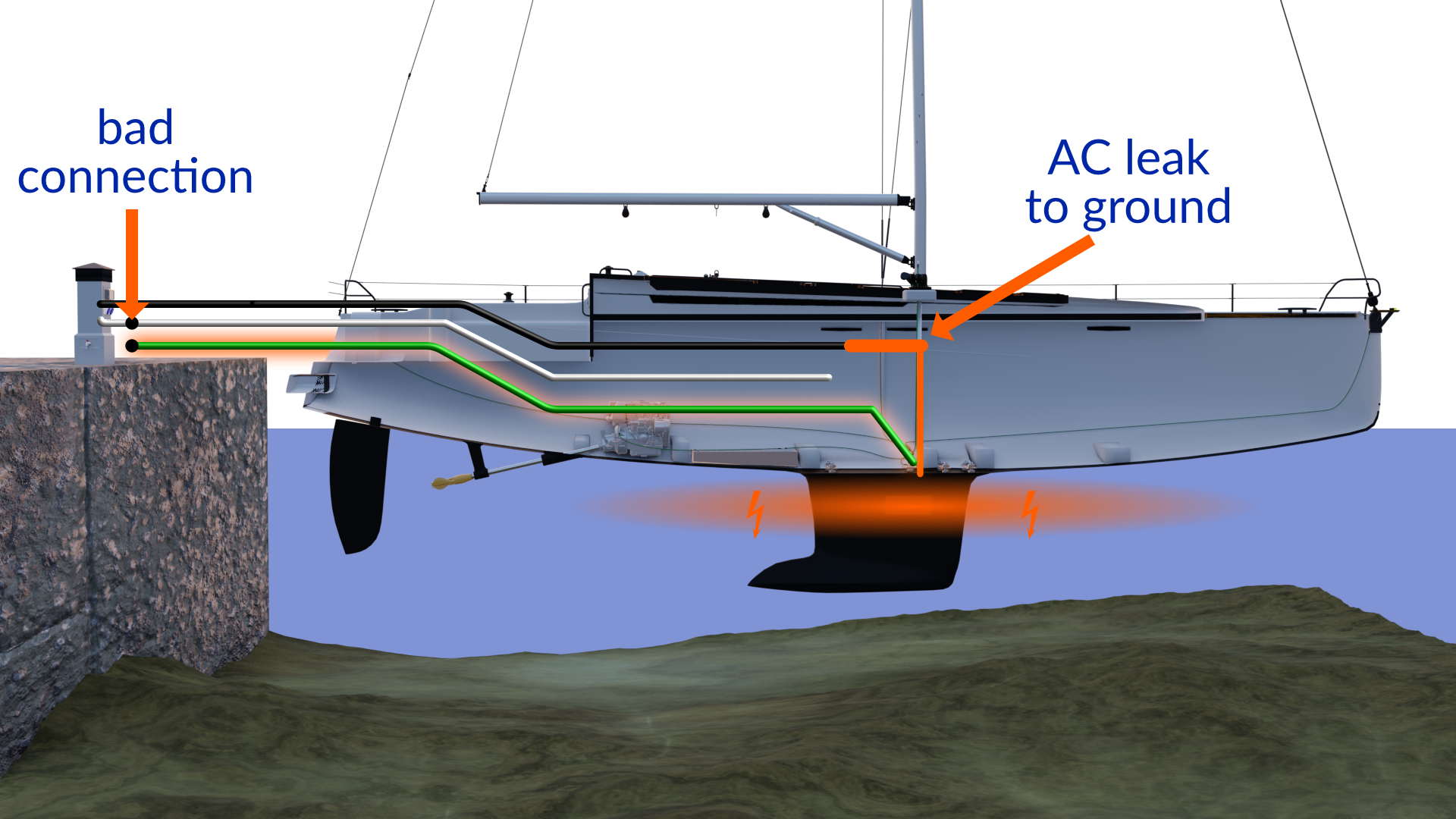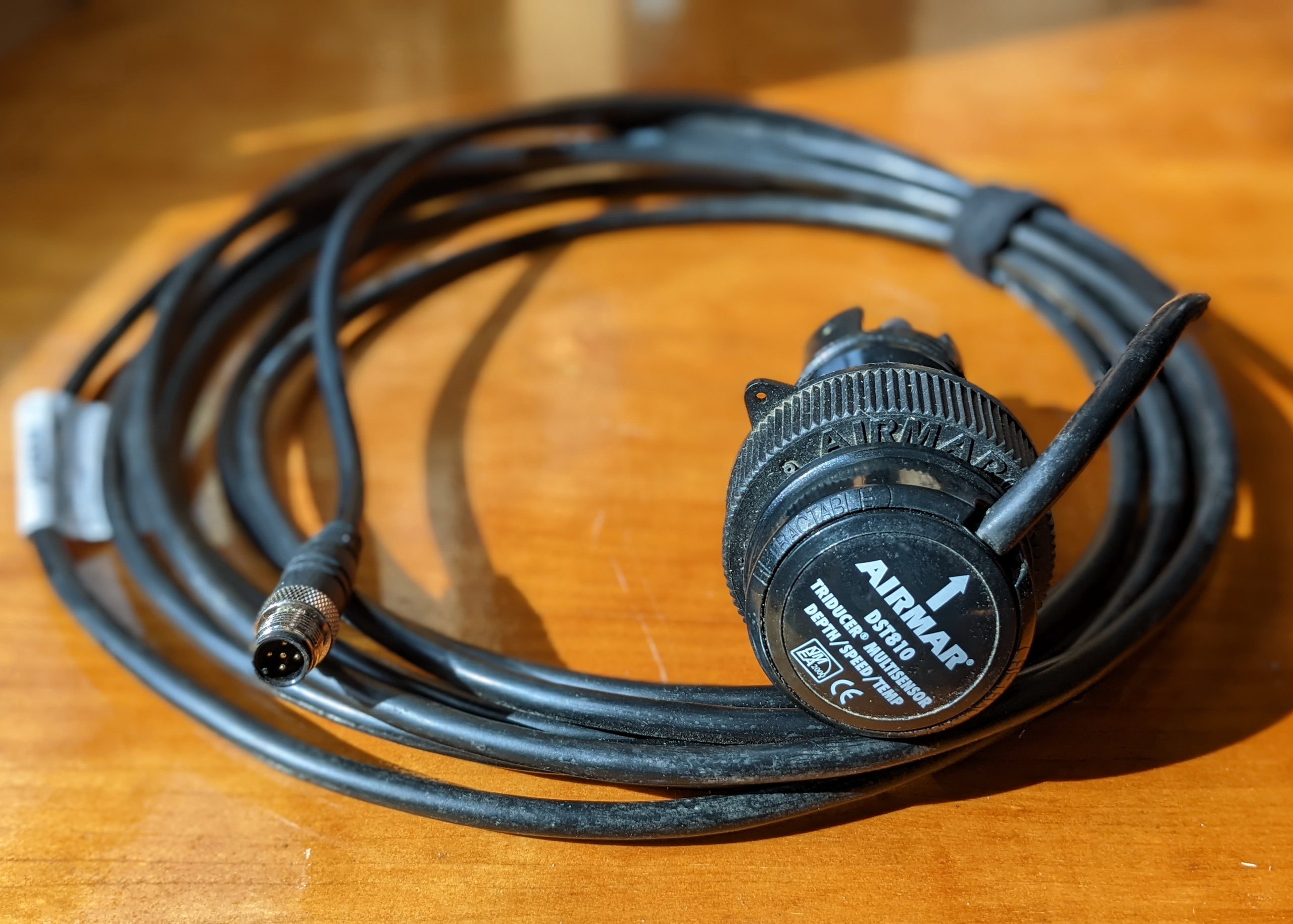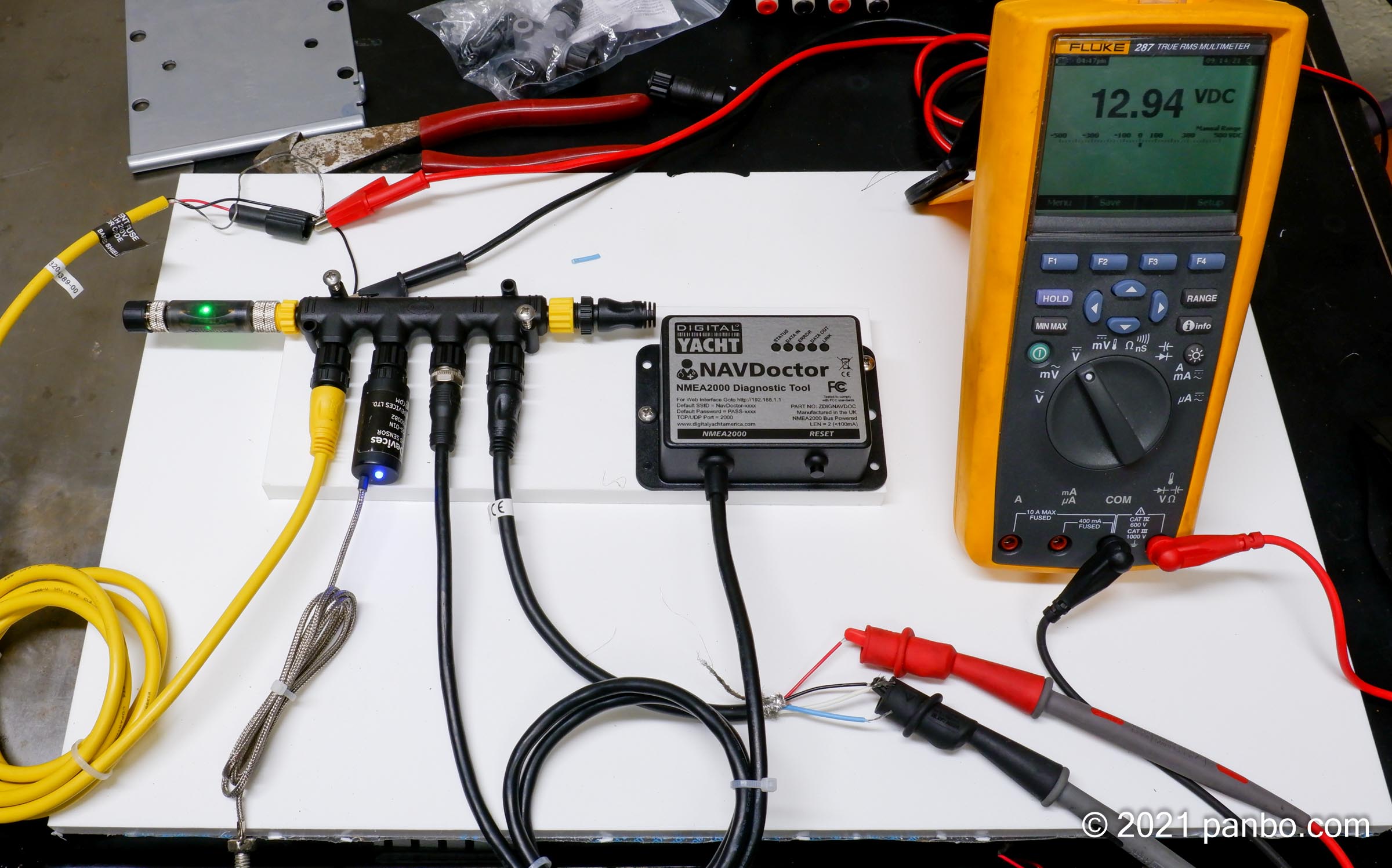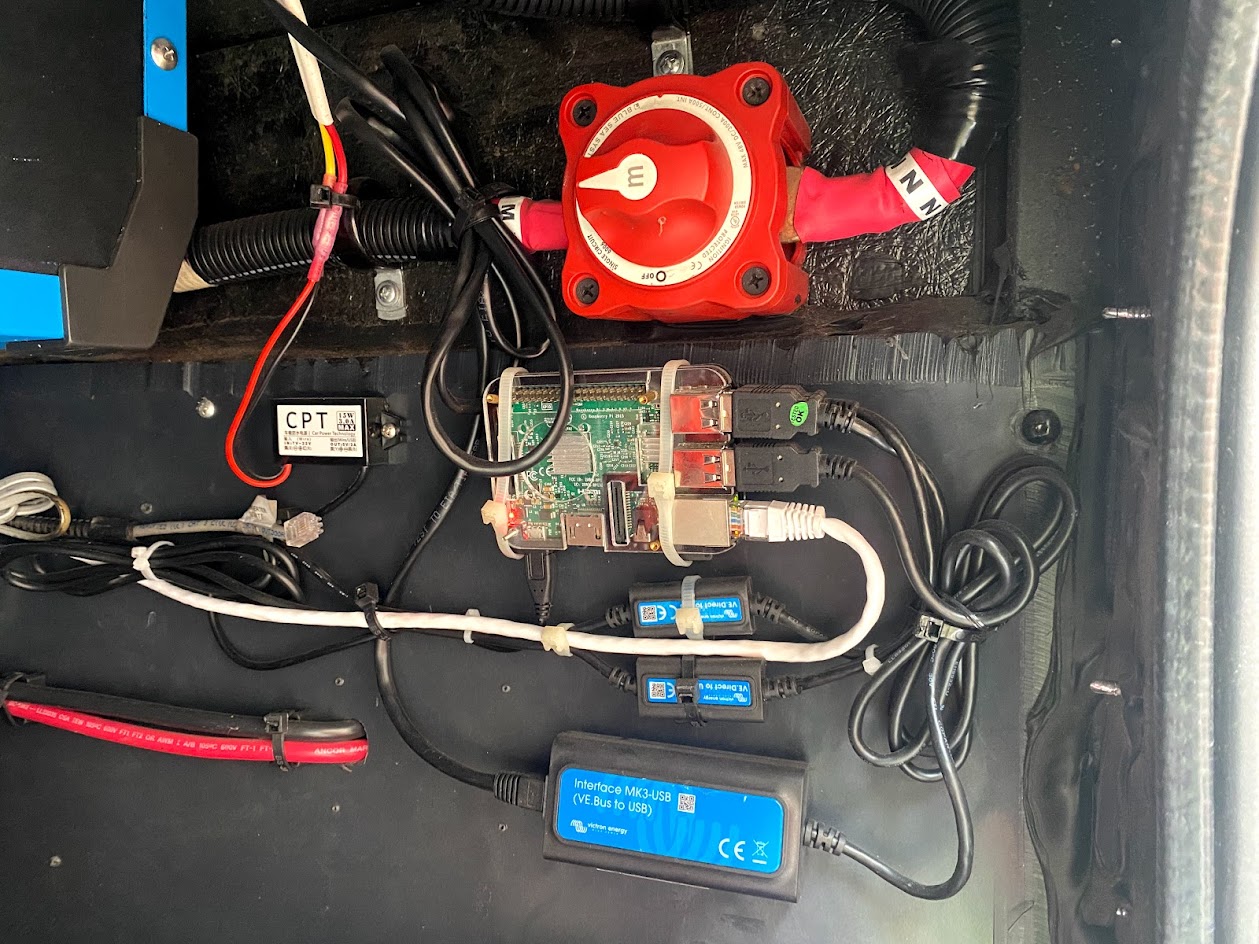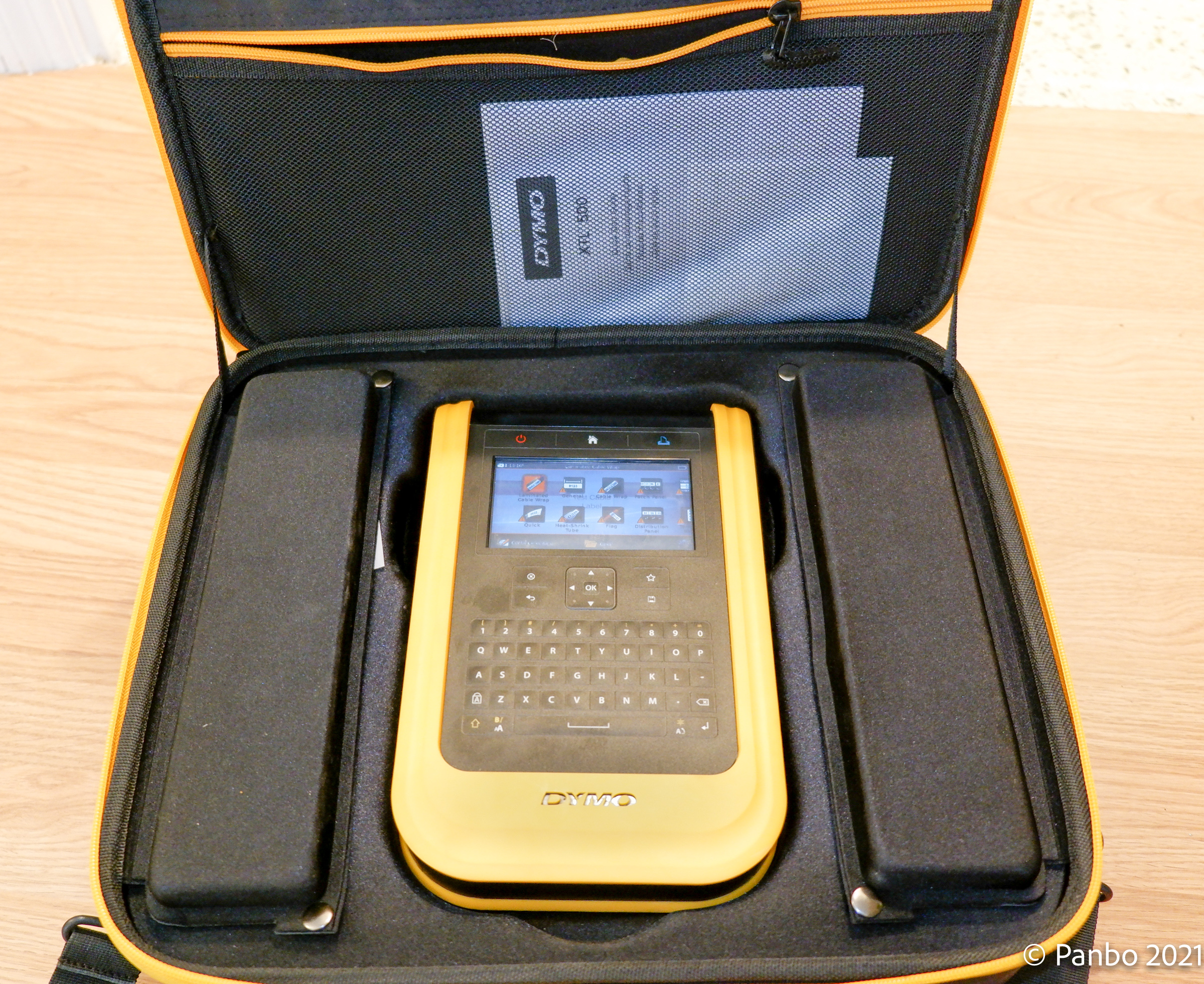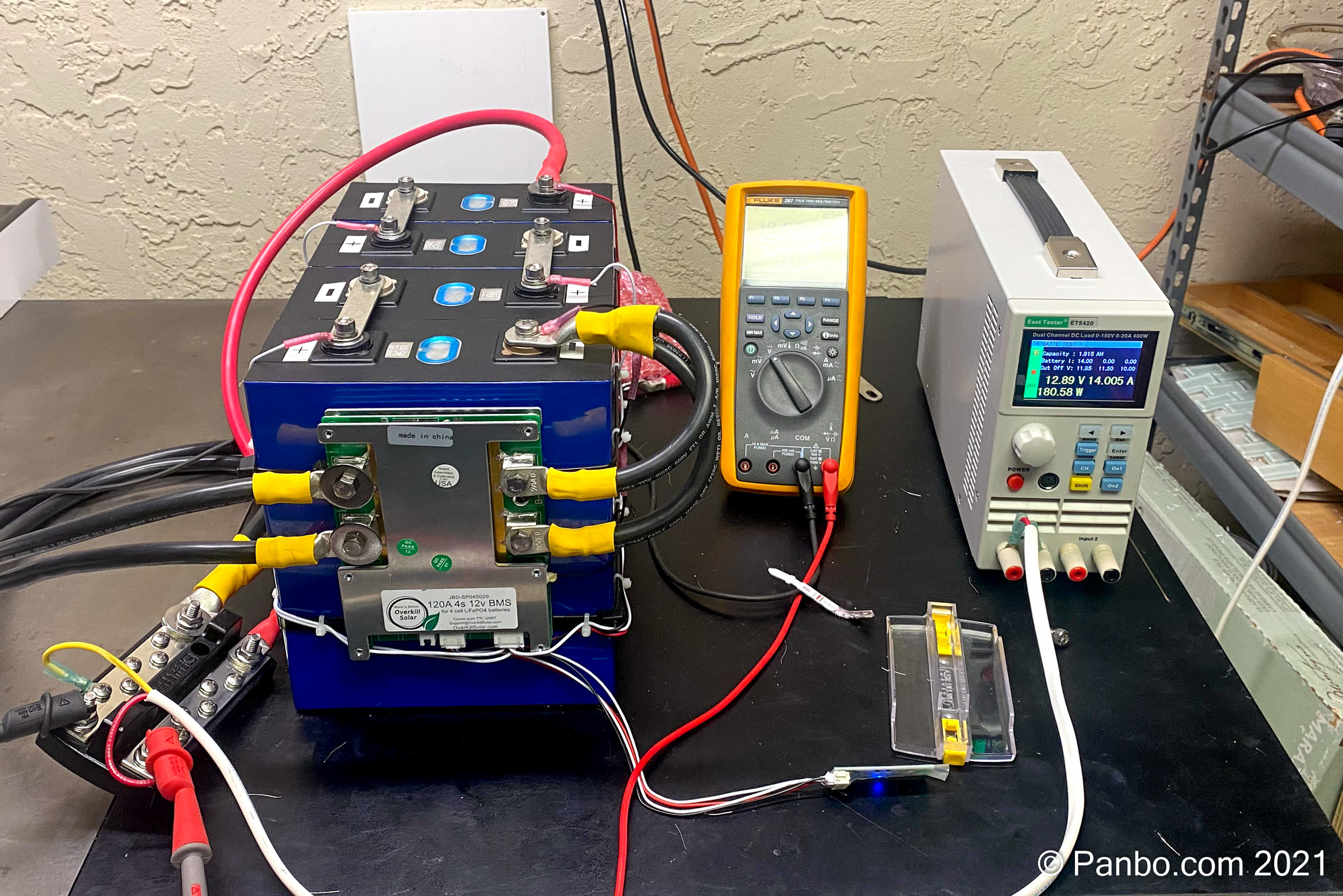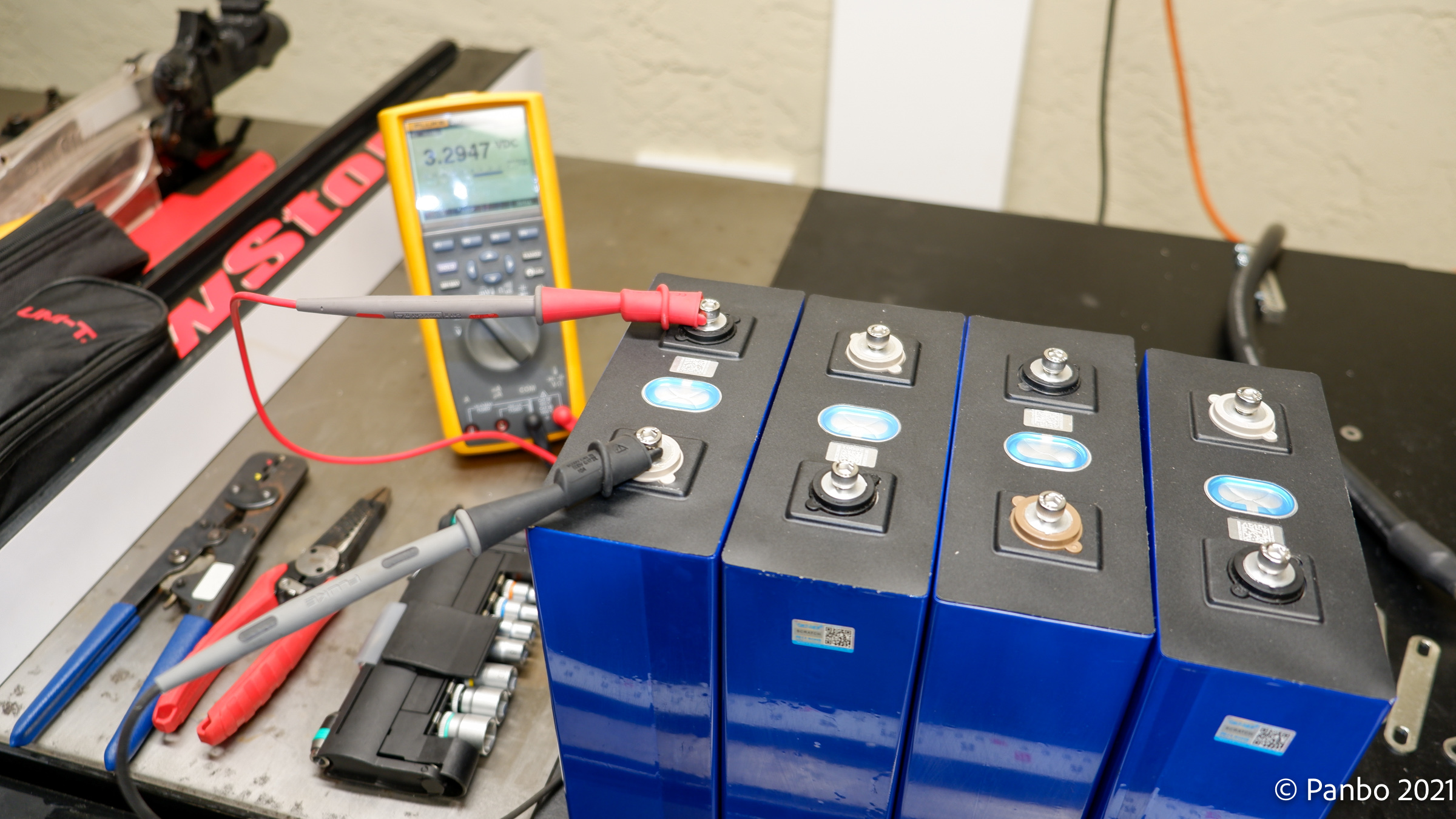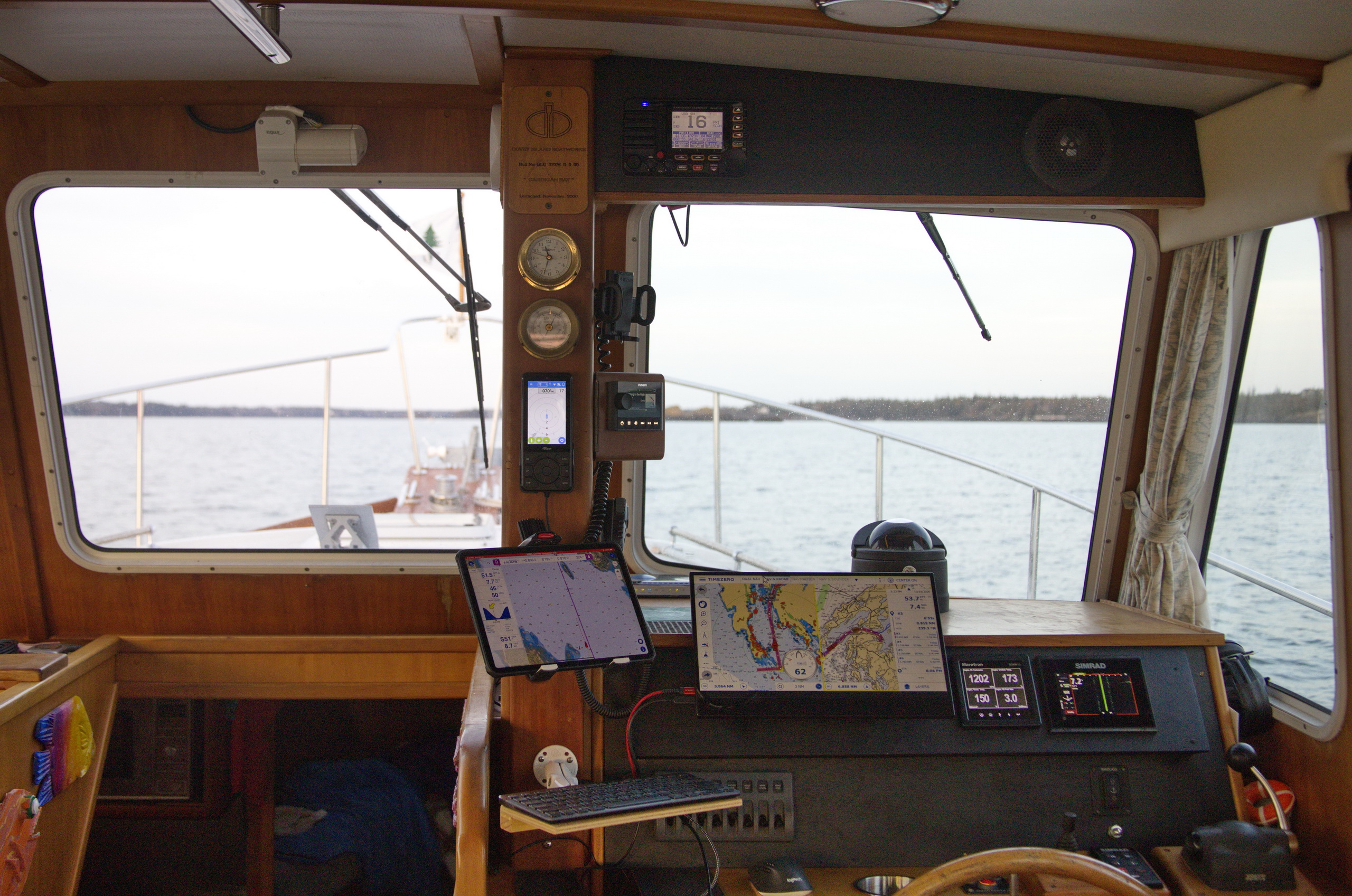Panbo(at) gets more stable: Seakeeper 1 install in progress
It’s been over six years since I got involved with Ben Ellison and Panbo. When I first started working with Ben E. timelines were one of my biggest struggles. I figured, the longer I do this, the better I’ll get at pacing things out, knowing how long a review and article will take, and scheduling things. Well, six-plus years later, I’m no better. In fact, my current project, the installation and on-boat testing of a Seakeeper 1, might be the longest in the making of any I’ve done.



